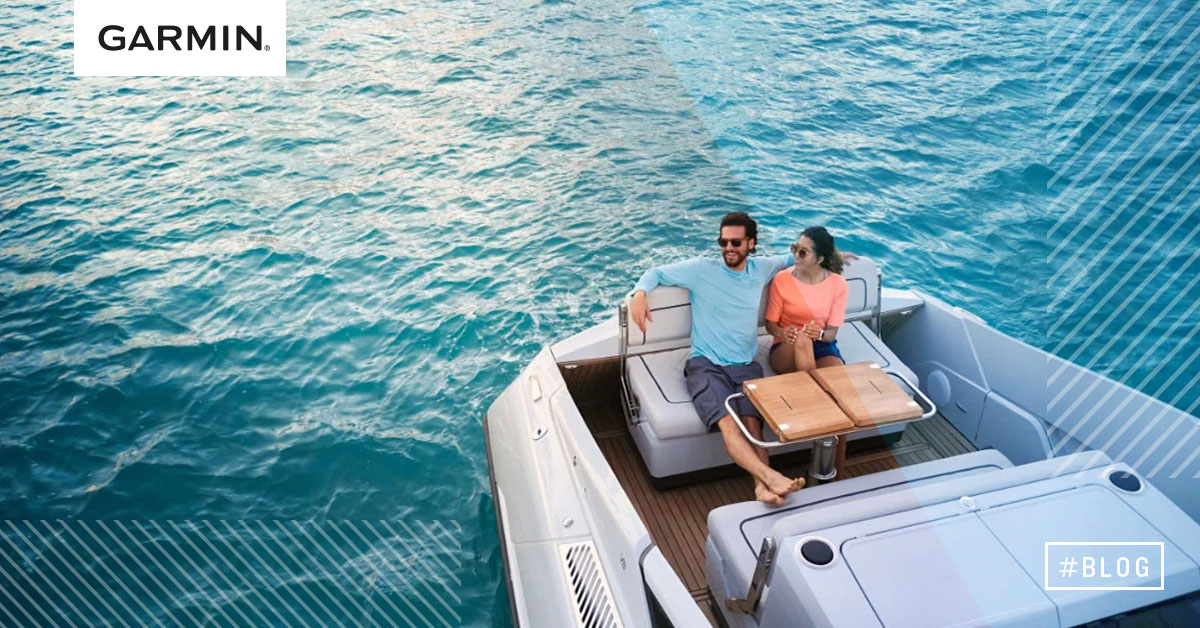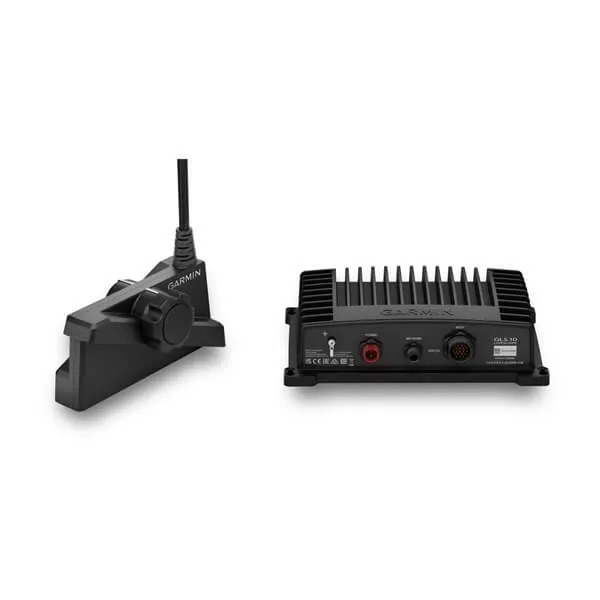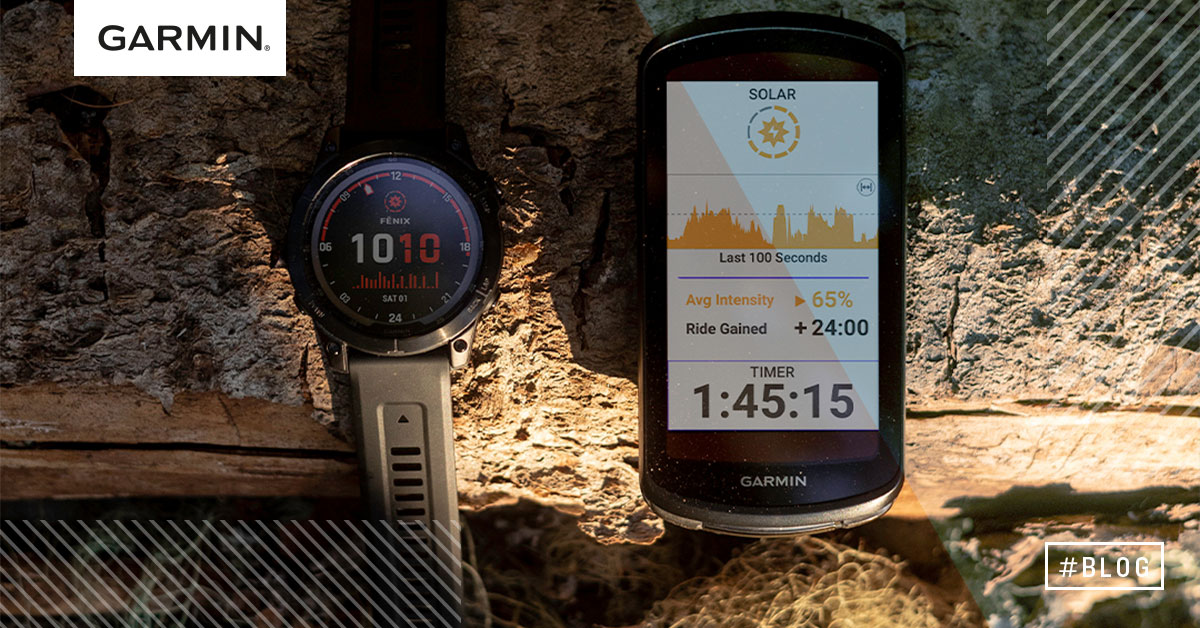
100 boottermen die iedereen moet kennen
Ahoy, maatjes! Ben je nieuw in de vaarwereld? Je bent niet de enige – we merken namelijk dat in de nasleep van de COVID-19-pandemie dat veel mensen voor het eerst een boot hebben gekocht. Gefeliciteerd! We zijn misschien een beetje partijdig, maar varen is een geweldige manier om je vrije tijd door te brengen. Dat gezegd hebbende, een verantwoordelijke booteigenaar zijn, vergt wel wat werk – en daar hoort ook het leren van het jargon bij. Het is toch handig als je de vaktermen begrijpt en je een weg kunt banen in de wondere water wereld. Het is niet alleen handig om sommige termen te kennen, maar het zorgt ook voor een extra stukje veiligheid. Hoe meer je weet, hoe beter je bent voorbereid! In dit blog lees je de 100 belangrijkste boottermen die je moet kennen, voordat je met je boot gaat varen.
| Abaft | Behind the boat, or toward the rear |
| Abeam | On either side of the boat |
| Aft | Back (or stern) of the boat |
| Aids to navigation | Artificial markers indicating safe or unsafe waters |
| AIS | Automatic identification system that allows you to identify any vessel in your immediate area that is broadcasting an AIS signal |
| All-round light | A light shining unbroken over the horizon at an arc of 360 degrees |
| Anchor light | A light that must be shown when anchored at night |
| Astern | Back of the boat |
| Autopilot | Self-steering devices that can steer your vessel on a preset course or heading |
| Aweigh | The position of an anchor when it is raised above the bottom |
| Bathymetry | The measurement of underwater depths, usually shown as contour lines and depth soundings |
| Batten down | Secure loose objects and hatches on the boat |
| Beam | Widest part of the boat |
| Bearing | The direction of an object, either shown on the chart as a true bearing or relative to the heading of the boat |
| Bight | The part of rope or line on which a knot is formed |
| Bilge | The interior of the hull below the floorboards |
| Bilge Pump | Clears standing water from the boat |
| Bitter end | Last part of the rope or chain |
| Boat hook | A tool used as a docking and undocking aid, usually with a blunt tip for pushing during undocking and a hook for docking |
| Boat switch | A panel used to control the vessel’s electrical |
| Boot top | The area between the water lines of a ship when fully loaded and when unloaded functions |
| Bow | Front of the boat |
| Bowline | A knot that forms a loop at the end of a line |
| Center console steer | Boat steered via a steering wheel located at the console at the center of the boat |
| Chart datum | The baseline of tidal height in tide tables |
| Chartplotter | A device that integrates GPS data with electronic navigational charts; most chartplotters also offer sonar support |
| Cleat | A fixture used to secure a boat to a dock |
| Cockpits | The area on a vessel where the main consoles are located |
| COLREGs | Collision regulations, or the laws that prevent collisions on the water |
| Come to | Point up closer to the wind |
| Currents | The horizontal movement of water |
| Docking light | Headlights on a boat that are meant to be used in close quarters |
| Draft | The minimum amount of water a boat needs to be able to float |
| DSP | Digital signal processing is the technology that is built into Fusion’s premium stereos that ensures optimized audio reproduction by minimizing distortion, customizing audio profiles based on specific speaker locations and protecting speakers from being overloaded with excess power |
| Ebb tide | When the water goes back away from the shore (opposite of rising tide) |
| EPIRB | Emergency position indicating radio beacon |
| Fishfinder | A device that uses sonar waves to detect fish and other objects underwater |
| Flood tide | When water comes to the shore (rising tide) |
| Flybridge | An elevated open deck above the main bridge of a boat, usually equipped with duplicate vessel controls |
| Forward | Toward the direction of the bow |
| Four-cycle motor | Internal combustion engine in which the piston completes four separate strokes while turning the crankshaft |
| Freeboard | Freeboard |
| Galley | The cooking area of a vessel |
| Gib | A metal fitting that holds a member in place or presses two members together |
| Give-way | To slow down, stop or alter course to avoid the path of another boat |
| Go astern | To go backwards, or reverse engines |
| Gunwale | The top of each of the sides of the boat |
| Head | The toilet on a boat |
| Heave to | Steering into the wind |
| Helm | The area from which you steer the boat |
| Hull | The part of your boat that rides both in and on top of the water |
| Impeller | Part of the boat’s engine cooling system that pumps cold water into it to cool it down |
| Inboard motor | An engine enclosed within the hull of the boat |
| Knots | A unit of speed — one knot is one nautical mile per hour |
| Lanyard | A small line joining an object to the boat |
| Leads | Markers used in channels or bar entrances that indicate the middle of the channel |
| Lee shore | The shore the wind is blowing toward |
| Leeward | The downwind side of the boat |
| Live sonar | Technology that allows you to see what’s happening around your boat in real time |
| Lower unit | Part of the outboard that takes the power and rotation from the engine and transfers them to the prop shaft and the propeller |
| Magnetic north | The direction in which all compass needles point |
| MFD | Multifunction display— typically a chartplotter at its core with support for multitudes of capabilities, like sonar, radar, autopilot, vessel data, audio control, etc. |
| Nautical chart | A type of map used by mariners that shows detailed water and shoreline features, such as depths, aids to navigation, obstructions and other features essential for navigation |
| Nautical mile | Historically defined as the meridian arc length corresponding to one minute of latitude; today the international nautical mile is defined as 1,852 meters (1.15 miles) |
| Navigation light | A light affixed to a boat that shows everyone the size and type of vessel, whether you’re underway or at anchor and what direction you’re traveling |
| On the quarter | Toward the stern |
| Open waters | Waters that are not enclosed |
| Outboard motor | Motor designed to be affixed to the outside of the hull on the transom |
| Outriggers | Long poles mounted to a boat that are swung out to the sides and are designed to hold fishing lines |
| PFD | A personal flotation device, like a life jacket |
| Planing | When a boat moves over the top of the water rather than through it |
| Port | Left (when facing the front of the boat) |
| Port-side | The lefthand side of the boat on which a red navigational side light is displayed |
| PWC | Personal watercraft |
| Quartering sea | When water comes in on a boat’s quarter |
| Radar | Uses radio signal to detect objects and their positions |
| RMS power | The term used to describe the continuous power handling for a specific speaker or subwoofer; this is also used to describe the continuous power output of an amplifier |
| Scanning sonar | ClearVu/SideVu: Sonar that uses a thin, wide beam to provide clear images of structure and fish below the boat, as opposed to the cone-shaped beam used by traditional and CHIRP traditional sonar |
| Scope | The length of deployed anchor rode relative to the depth of the water |
| Side console steer | Boat steered via a steering wheel located at the console on the starboard side. |
| Sonar black box | A depth sounder that helps to find fish |
| Spring line | A pivot line used in docking, undocking or preventing the boat from moving while docked |
| Stand on | Continue with the same course and speed |
| Starboard | Right (when facing the front of the boat) |
| Starboard side | The righthand side of the boat, on which a green navigational side light is displayed |
| Stern | Back of the boat |
| Thruster | A transversal propulsion device built into, or mounted to, either the bow or stern of a ship or boat to make it more maneuverable |
| Tides | The rise and fall of water levels due to the attraction of the moon and sun |
| Tiller steer | Boat motor that is steered and throttled up/down via a lever/handle attached to the motor |
| Transducer | Turns electrical energy into a high frequency sound wave, serving as an antenna for a boat’s sonar system |
| Transom | Stern cross-section of the boat |
| Trim | Fore and aft balance of the boat |
| Trolling motor | Electric outboard motors that push or pull small boats |
| Two-cycle motor | Internal combustion engine that completes a power cycle with two strokes of the piston during one power cycle; this power cycle being completed in one revolution of the crankshaft |
| Underway | Another word for drifting; not at anchor |
| VHF | Very high frequency radio |
| Windlass | Anchor winch |
| Windward | The direction the wind is blowing from |





